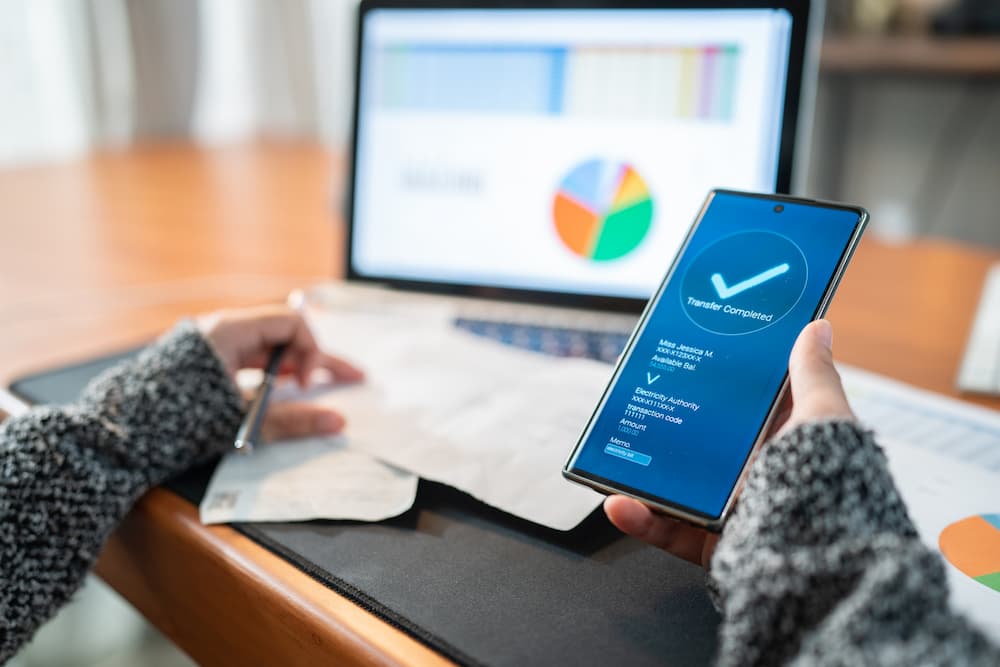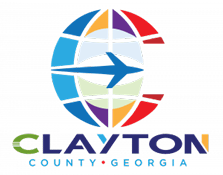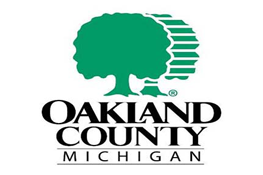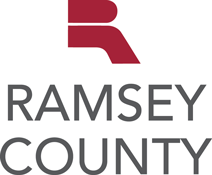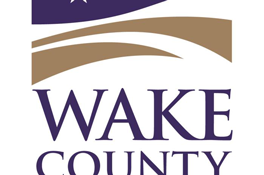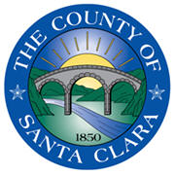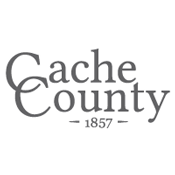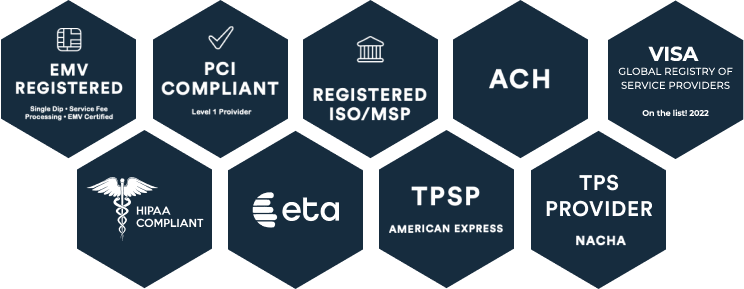Digital payments are integral to modern financial systems, offering a way for individuals and organizations to make transactions through digital channels. As a convenient, secure alternative to cash-based payments, digital payments quickly facilitate the transfer of funds—online and in-person—without needing physical currency.
Digital payment services have grown in popularity due to a widespread shift toward tech-driven convenience, especially in day-to-day transactions. Digital payments can take various forms, including:
- Card payments
- Bank transfers
- Mobile wallet payments
- Cryptocurrencies
- Peer-to-peer transfers
- Digital payment platforms
Never before have transactions been as easy, efficient, and secure. As a standout innovation for today’s economies, digital payments signify the evolution of modern financial systems. The variety of methods available offers a multifaceted solution for many of the pain points involved in traditional transactions.
As they continue to shape the future of financial interactions, digital payment services can create a more connected, inclusive, and streamlined method for making payments.
14 Common Digital Payment Methods
Digital payment methods combine innovation with practicality. These common digital payment services redefine the way individuals, businesses, and organizations engage in transactions, reducing reliance on traditional banking and moving toward a modernized payment system.
1. ACH/eCheck
ACH (Automated Clearing House) and eCheck (electronic check) are digital payment methods that transfer funds between U.S. bank accounts using the secure ACH network. ACH payments and eChecks are often used for direct deposits, bill payments, fund disbursements, and B2B transactions.
2. EBPP (Electronic Billing Presentment & Payment)
EBPP involves the digital presentation of bills with the ability to make payments online. Consumers can receive and view bills electronically and make payments through digital channels 24/7.
3. Electronic Funds Transfer (EFT)
EFT is a generic term for the electronic transfer of funds between two financial accounts. EFTs encompass several digital payment methods, including ACH and wire transfers, involving a sender and recipient to move funds from one account to another.
4. Digital Wallets
Digital wallets, or eWallets, securely store a user’s payment information via a digital transaction app for use in online and in-person transactions. Users link their credit card, debit card, or bank account to the digital wallet in the app, allowing for convenient and secure transactions.
5. Hosted Interactive Voice Response (IVR) Systems
Hosted IVR systems enable automated, phone-based transactions that route users through voice-based menus for payment processing. IVR systems are powered by voice and touch-tone recognition, with menus operated by voice or keypad inputs that allow users to make payments, access financial information, or take financial action over the phone.
6. Kiosk Payments
With kiosk payments, users interact with in-person self-service terminals to make payments for various goods or services. Kiosk interfaces are user-friendly and designed to facilitate payment processing with options like cash, cards, mobile wallets, and other accepted forms of payment.
7. Mobile Payments
Mobile payments are transactions conducted using a mobile device, typically through apps or mobile wallets. Users can make payments by scanning a QR code as well as by tapping their smartphone or other compatible device against a payment reader to leverage short-range wireless technology.
8. Online Payments
Many digital payments are online payments involving various methods of initiating and completing transactions over the Internet. Online payments can generally be initiated through websites, online platforms, or digital payment gateways.
9. PayPal
PayPal is one of the most prominent digital payment companies online. Users make an account through their platform and link their bank account or credit/debit card. Using a unique ID, often just an email address, users can make transactions anywhere that accepts PayPal payments.
10. Point-of-Sale Devices
Point-of-sale (POS) devices are found in many retail locations for in-person transactions but also extend to eCommerce spaces. POS devices enable customers to use credit cards, debit cards, mobile wallets, and other digital payment methods to make payments for products and services.
11. Recurring and Subscription Payments
Recurring payments involve regular, scheduled, and automated transactions that are typically used for subscriptions or ongoing services. Payments are automatically deducted from a customer’s credit card or bank account at predetermined intervals.
12. Text-to-Pay
Text-to-pay is a contactless digital payment method that allows users to pay via text (SMS) messages on their phones. Users can receive payment requests via text and can authorize transactions with a simple text response.
13. Virtual Terminals
Virtual terminals facilitate payment processing over the Internet without requiring a physical point of contact. Merchants can simply input payment information manually to complete transactions, making this method ideal for phone or online payments.
14. Wire Transfers
Wire transfers involve a digital transfer of funds from one bank to another, whether domestically or between U.S. and international accounts. Wire transfers utilize a network of agencies around the world for quick, even urgent, transactions.
The Benefits of Digital Payments
With their simplicity, efficiency, and ease of use, digital payments have a transformative impact on the way individuals and organizations approach financial management. Here are some key advantages:
Convenience
Digital payments are easy and (nearly always) readily available. They allow users to make payments anytime, anywhere, using compatible devices and technology. Users have a variety of digital payment methods to choose from to find the one that best suits their preferences and lifestyle.
Speed and Efficiency
Transactions made through digital payment channels are processed much faster than traditional paper-based methods. Digital payments streamline transactions, which can be especially beneficial for time-sensitive, high-volume, or more frequent transaction rates.
Security
Many digital payment services use cutting-edge security measures to safeguard sensitive financial information. These features not only reduce the need for manual intervention to complete and verify transactions but also protect users from fraud by preventing unauthorized access.
Innovation and Integration
Electronic payment ecosystems evolve continually. This commitment to innovation in the financial sector ensures that the capabilities and features of digital payment systems keep up with and utilize powerful emerging technologies, including blockchain and AI.
Record Keeping and Transparency
Digital payments generate electronic records automatically. These accurate, detailed transaction histories are highly valuable for tracking expenses, managing finances, and simplifying audits, leading to cost savings and a subsequent boost in productivity.
Financial Accessibility
Digital payments can help bridge the current gaps in payment inclusivity for specific populations and organizations. Financial inclusion is incredibly important for governments and those in the public sector as they serve underbanked and unbanked citizens.
Here’s how public sector agencies can boost financial accessibility and find the right payment system for their constituents:
| PAIN POINT #1: Disconnected / Manual Processes |
PAIN POINT #2: Risk Management and Compliance |
PAIN POINT #3: Meeting the Evolving Customer Experience |
PAIN POINT #4: Reliability of Reconciliation |
|
|---|---|---|---|---|
| EBPP | ✓ | ✓ | ✓ | ✓ |
| Online Payments | ✓ | ✓ | ✓ | ✓ |
| Cashiering | ✓ | ✓ | ||
| Text-2-Pay | ✓ | ✓ | ||
| Self-Service Payments | ✓ | ✓ | ✓ | |
| Mobile Payments | ✓ | ✓ | ||
| ACH/eCheck Payments | ✓ | ✓ | ✓ | ✓ |
| Hosted IVR | ✓ | ✓ | ✓ | |
| POS/Devices Peripherals | ✓ | ✓ | ✓ | ✓ |
| Terminals | ✓ | ✓ | ✓ | |
| Wire Transfer | ✓ | ✓ |
Security Measures for Digital Payments
Digital payment services are highly secure, but measures still must be taken to ensure the safety and integrity of every transaction:
- Encryption: Encoding sensitive data during transmission makes it unreadable to unauthorized users.
- Multi-Factor Authentication (MFA): This requires users to provide several forms of identification before accessing accounts.
- Tokenization: Using tokens, unique identifiers that replace sensitive data ensures actual data is not transmitted and becomes meaningless if intercepted.
- Fraud Detection and Prevention: Detection systems analyze patterns and anomalies to identify and stop unauthorized activity in real time.
When implemented together, these crucial security measures create a comprehensive framework for safeguarding digital payments.
What Are Digital Payment Services?
Digital payment services are the range of digital platforms and solutions that leverage technology to facilitate financial transactions instead of paper-based or other physical payment methods. Digital payment services simplify transactions by providing users with a seamless and convenient way to manage their finances in the digital age, whether they’re paying with credit cards, bank transfers, mobile wallets, or other digital payment technologies.
What Is a Digital Payment Company?
Digital payment companies are entities that specialize in digital payment services and solutions. These companies offer alternatives to traditional payment methods, like cash or checks, operating in various domains within the financial technology sector. Digital payment companies are often at the forefront of advancements in finance technology, utilizing advanced features to enhance the digital payment experience.
Discover CORE’s Advanced Digital Payment Solutions
CORE’s suite of digital payment solutions offers a comprehensive, integrated payment processing platform that meets the dynamic demands of modern consumers. With CORE, your organization can employ a variety of payment options, including:
- Automatic online payments
- eBilling
- IVR
- Kiosk
- Mobile transactions
- Recurring payments
- Text-to-pay
Learn how CORE empowers government agencies and organizations to unify financial solutions, address reconciliation issues, and facilitate integrated, convenient digital payments with a single, user-friendly platform.



